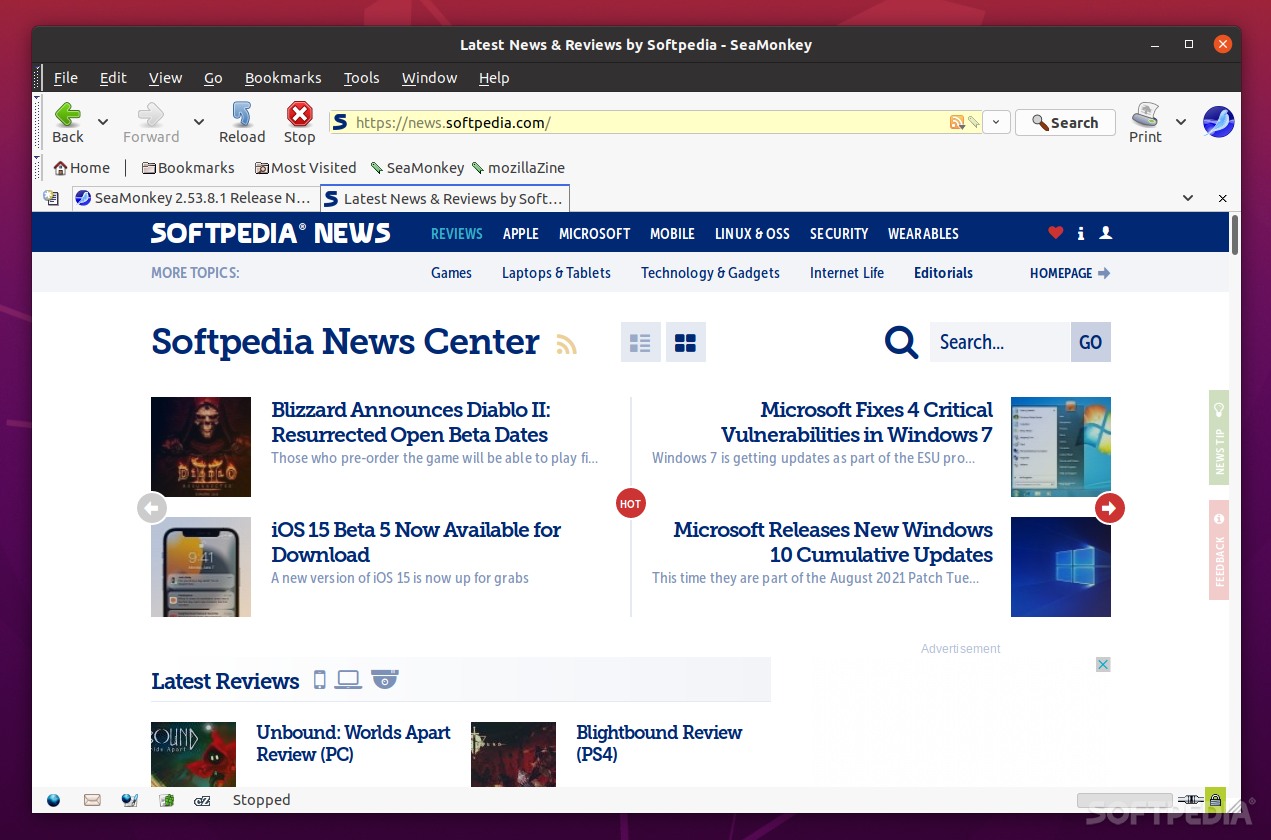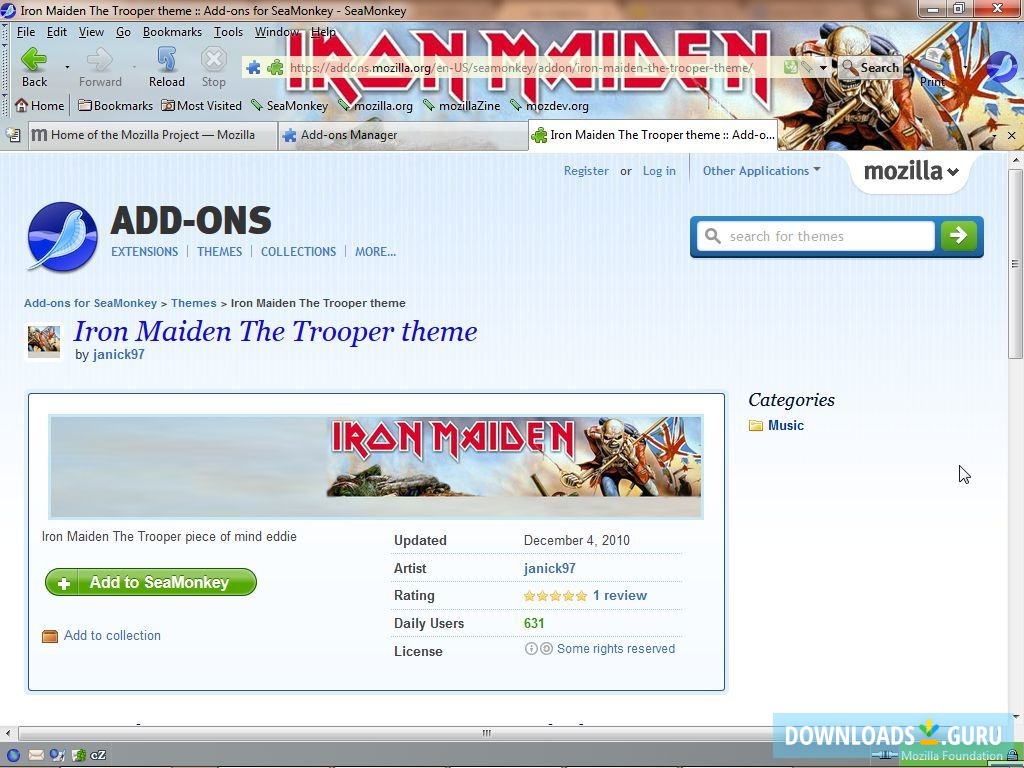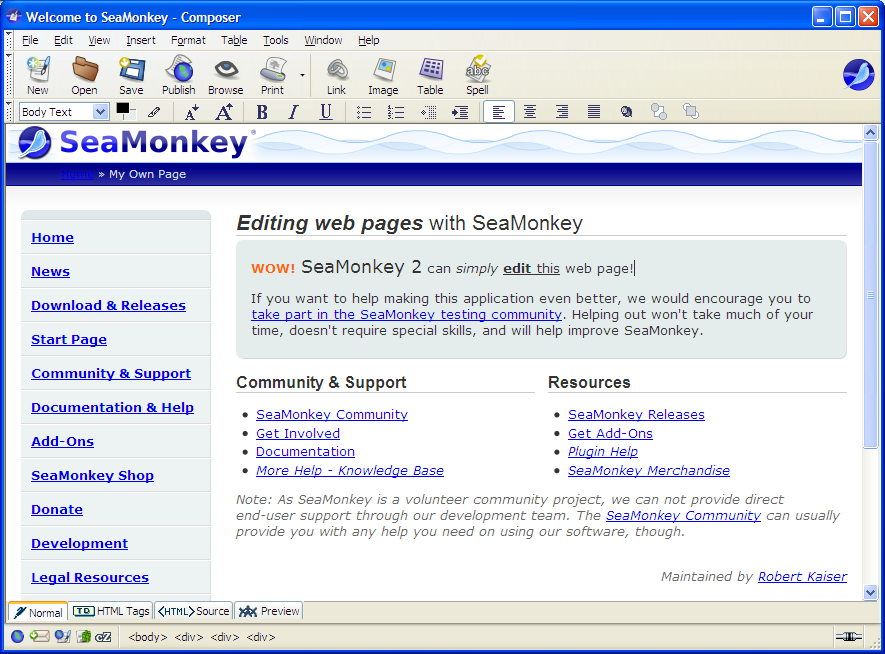


If you changed the base path to your profiles directory manually, use the "Choose Folder…" subdialog to do so again.Ĭlick "Finish" and SeaMonkey will discover automatically that there is already profile data available at the location you specified. Click "Next" to see the actual profile specification page.Įnter your old profile's name as the new profile's name. If your profile is not listed, first click "Manage Profiles…", then "Create Profile…" to open the "Create Profile Wizard". If your profile is listed, just select it in the list and click "Use Profile" - done! This profile list is stored in a binary file called "registry.dat" (Windows), "appreg" (Unix) or "Application Registry" (Mac OS X) you should have just one instance per user of this file on your machine. The "SeaMonkey Profile Manager" will pop open, listing all known profiles. Now start SeaMonkey and choose "Tools → Switch Profile…" from the main menu.

#Seamonkey for windows xp how to
If you don't know how to locate your current profile, please read this Mozillazine article first. The base path to your profiles directory - but only if you did change it manually when creating the profile!.You only need two bits of data to reconnect your profile: SeaMonkey 1.x still uses the same profile management files introduced by the Mozilla Suite and Netscape a decade ago. Sometimes, most notably after a system crash, SeaMonkey 1.x can't find your user profile anymore and starts up with a completely clean profile - without your bookmarks, without your mail, without your addons, etc.īut fear not, usually your data is still there, you just need to tell SeaMonkey where to look for it! This page will tell you how to do this.


 0 kommentar(er)
0 kommentar(er)
